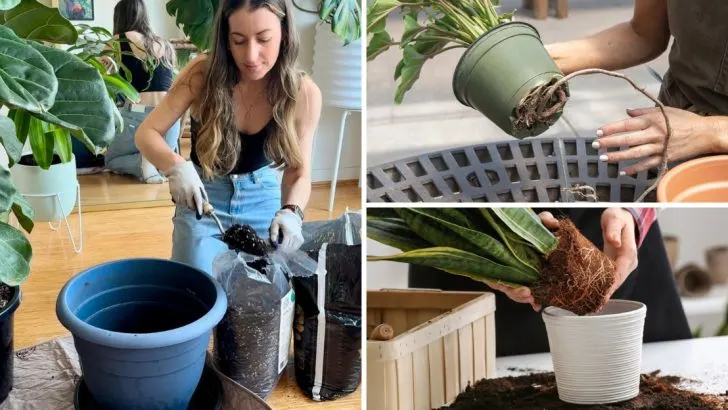Repotting houseplants is an essential part of plant care, helping them thrive with fresh soil and more room to grow.
However, timing is everything when it comes to this crucial task, and winter is far from ideal. While it might seem like a good time to refresh your plants indoors, the colder months can actually put them at risk of stress and harm.
In this article, we’ll explore six key reasons why winter is the worst time to repot your houseplants. Understanding the seasonal needs of your green companions can help you choose the perfect moment to give them the care they need to flourish.
Limited Daylight Hours
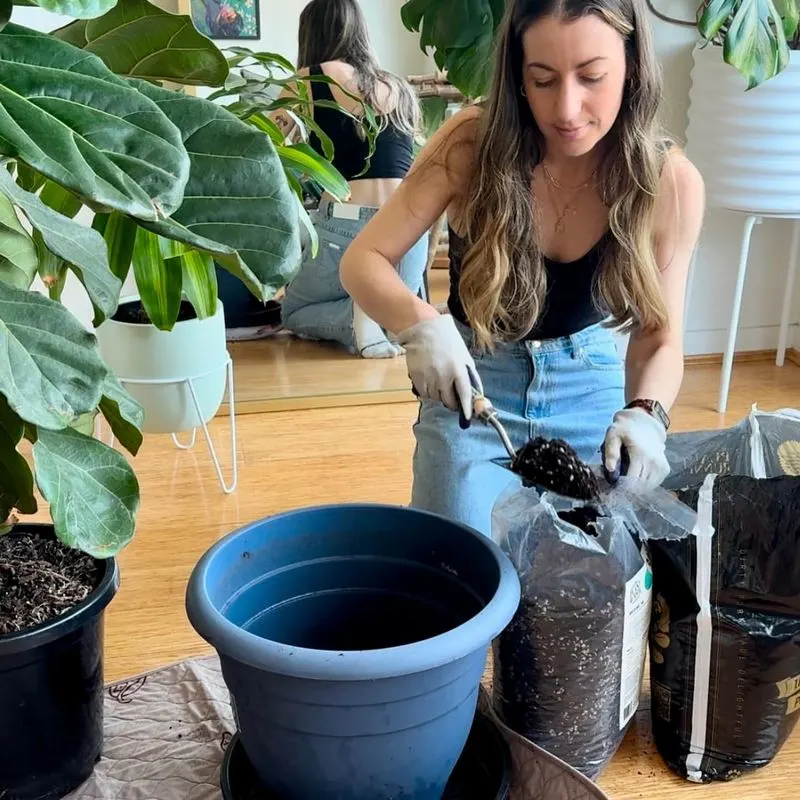
Reduced daylight in winter affects your plants’ ability to photosynthesize effectively. This lack of sunlight slows down their metabolism, making it harder for them to recover from root disturbance. Imagine trying to heal while you’re low on energy; that’s what your plants experience.
Shorter days mean they can’t process nutrients as efficiently, leaving them stressed after repotting. Consider waiting until spring when sunlight is abundant, giving your plants a better chance to thrive post-repotting. This helps ensure they’re strong and healthy, ready to settle into new soil with vigor.
Dormant Growth Phase
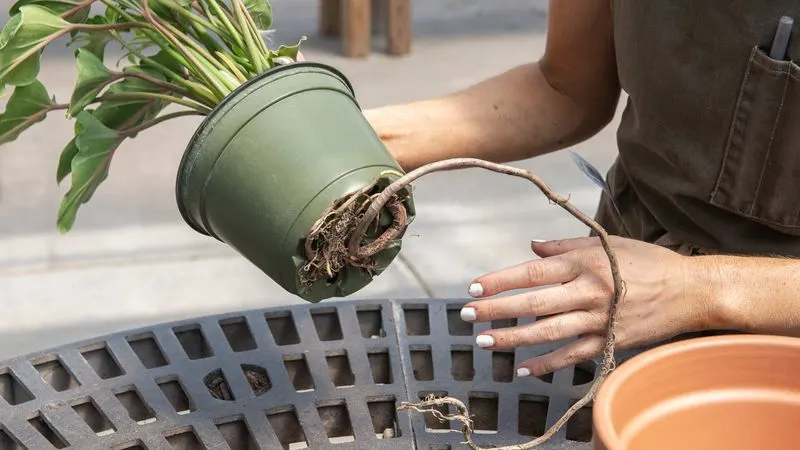
Plants enter a dormant phase during winter, focusing energy on survival rather than growth. Repotting at this time can disrupt their natural cycle, causing unnecessary stress. While it might seem like a good time since they’re not actively growing, disturbing their roots can be harmful.
It’s akin to waking someone up in the middle of deep sleep; it can be jarring. Instead, allow them to rest during this period. Come spring, when they naturally begin to grow, they’ll be better equipped to handle the transition to a new pot.
Temperature Fluctuations
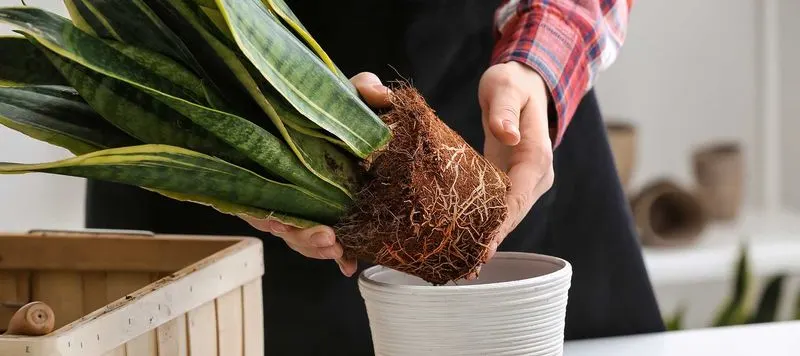
Winter brings unpredictable temperature changes, both indoors and outdoors, which can affect newly repotted plants. Sudden cold drafts or fluctuating heating can shock their system, leading to poor acclimatization.
It’s like moving from a warm bed to a cold room; the adjustment can be quite uncomfortable. Such stress can prevent plants from establishing well in their new pots. By waiting for more stable temperatures in spring, you provide a consistent environment that supports healthy root development and overall growth.
Increased Humidity Levels
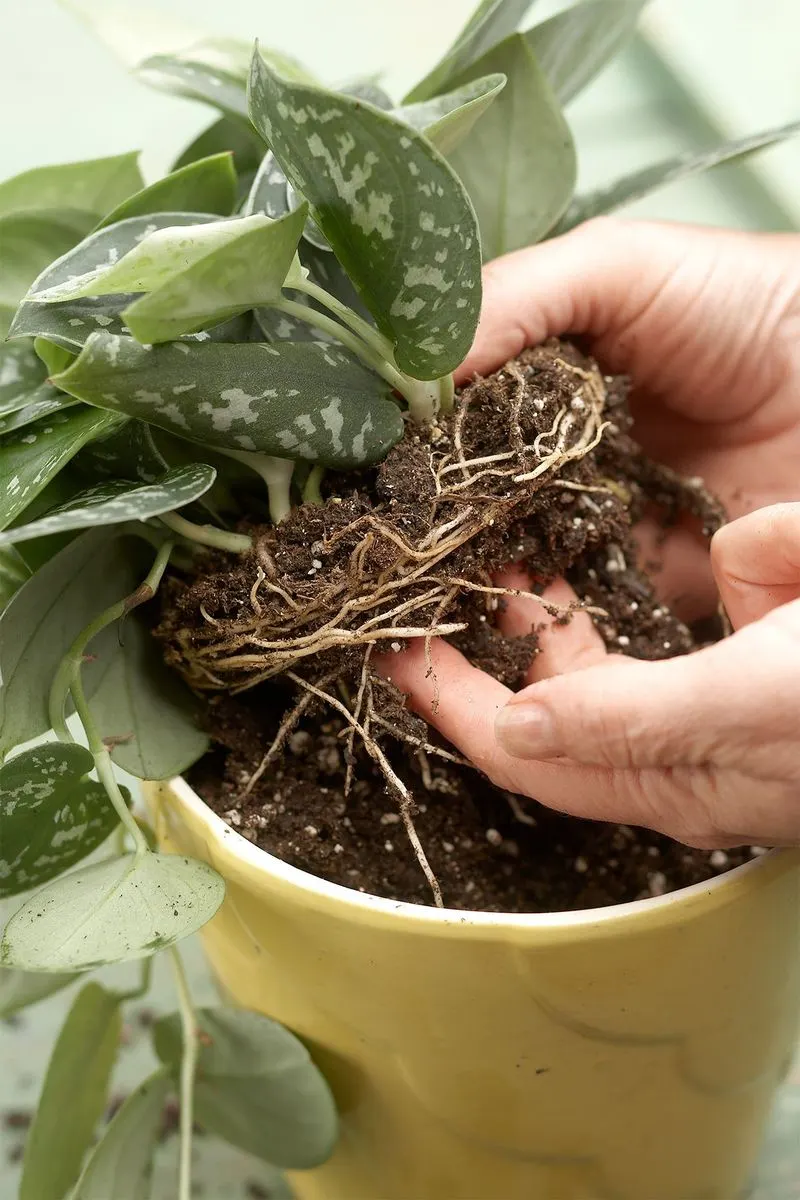
Humidity levels tend to rise indoors during winter, especially in homes with humidifiers running. This can create a breeding ground for mold and root rot in freshly repotted plants. Imagine being in a wet blanket; it’s uncomfortable and unhealthy.
High humidity can prevent soil from drying out properly, which repotted plants need for root establishment. Waiting for drier conditions in the spring allows for better control over moisture levels, reducing the risk of diseases and promoting healthier growth.
Watering Challenges
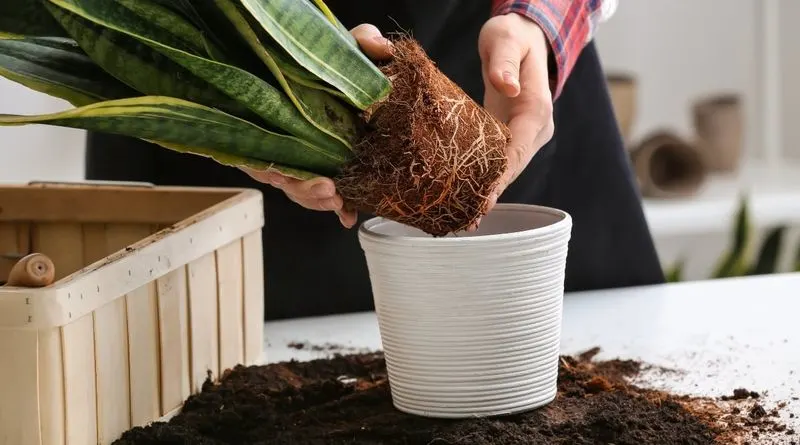
Watering houseplants correctly in winter can be tricky, as overwatering is a common mistake. Cold temperatures slow down evaporation, leaving soil soggy for longer periods. This excess moisture can suffocate roots, leading to rot, especially in recently repotted plants.
Think of it as walking in wet socks all day; it’s not pleasant and can cause issues. By postponing repotting until spring, you ensure that watering aligns better with your plants’ needs, minimizing risks and encouraging robust growth.
Limited Nutrient Availability
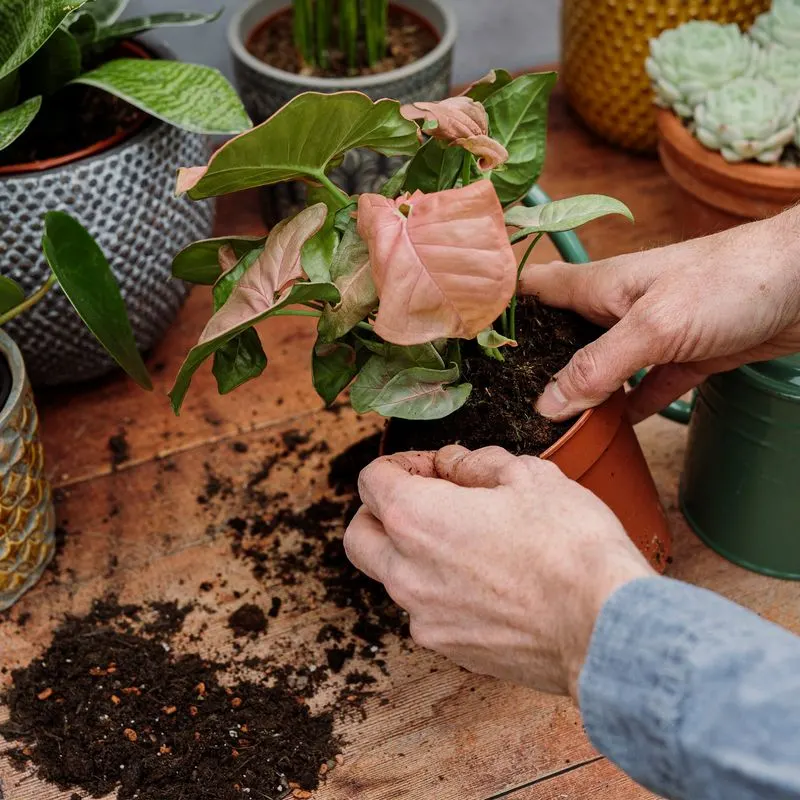
During winter, the availability of nutrients in the soil is naturally reduced, making it difficult for repotted plants to access what they need. This can lead to nutrient deficiencies and stunted growth. It’s comparable to trying to start a diet without the necessary food supplies; progress will be limited.
By waiting for spring, plants can utilize the full spectrum of nutrients available, ensuring a healthier start. This timing aligns with their active growth phase, allowing them to absorb essential nutrients more effectively, promoting vigorous development.

